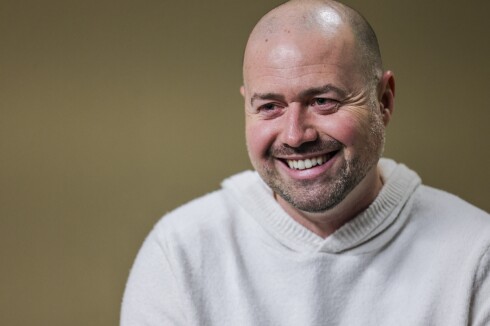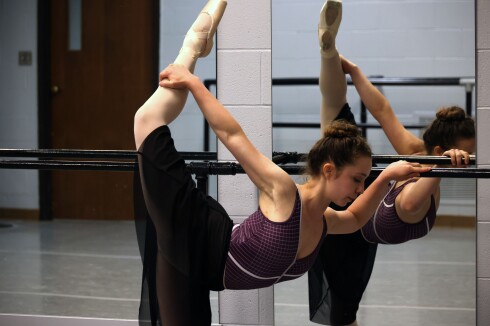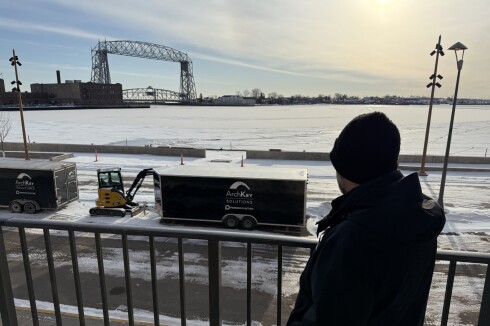Editor's note: This story was originally published May 24, 2021, in celebration of Bob Dylan's 80th birthday. It has been modified slightly to mark the release of "A Complete Unknown," a biopic about Dylan's rise to fame.
FARGO — In March 2021, Forum Columnist Curt Eriksmoen wrote a complete and fascinating account of music icon Bob Dylan's time spent in Fargo-Moorhead.
ADVERTISEMENT
Decades before Timothée Chalamet took on the role of Dylan in "A Complete Unknown," released Christmas Day, the Duluth-born, Hibbing-bred Dylan spent the summer of 1959 in Fargo.
In this story, we'll show you exactly where he called home, punched the time clock and played his music. Some of the sites are virtually unchanged, while others look very different.
One more note: when he lived in Fargo in 1959, Dylan was known by two different names and one nickname, (none of which was Bob Dylan, by the way). But to avoid confusion, in this story, he will be referred to only by his best known name: Bob Dylan.
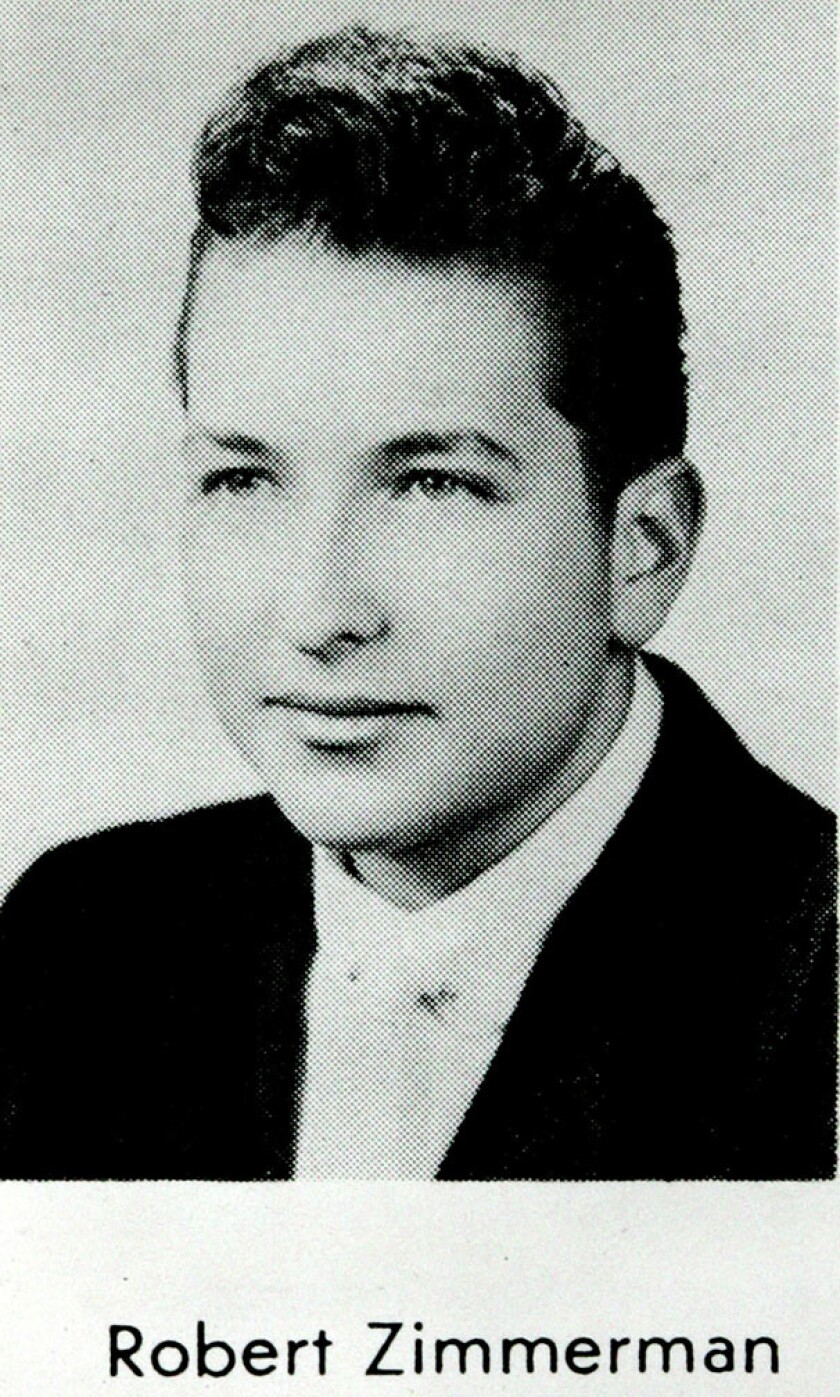
Why did Dylan move to Fargo?
Dylan, who then went by his given name "Robert Zimmerman," had just graduated from Hibbing High School in 1959 when he came to Fargo to check out the music scene and move in with a friend he had met at a summer camp in Wisconsin.
According to Eriksmoen's column, it was rumored that Dylan received a motorcycle from his parents in exchange for attending the camp in 1957.
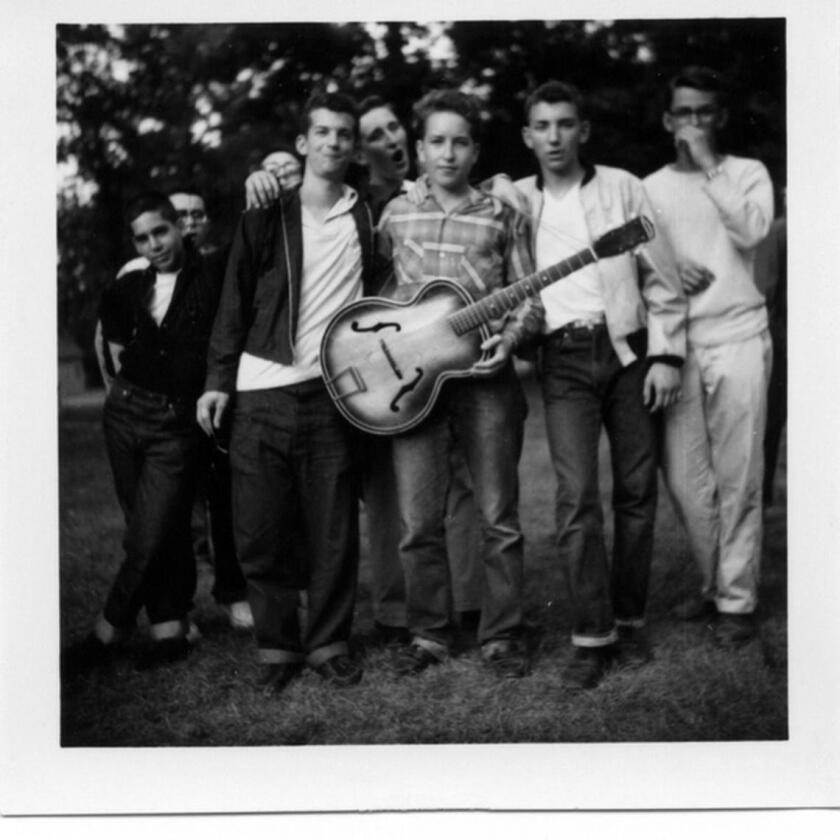
Just because he agreed to go to camp doesn't mean he embraced the experience.
ADVERTISEMENT
According to a camp counselor, he became the “camp rebel,” refusing to participate in most of the organized camp activities and “spent most of his time singing and playing his guitar.” However, he did develop a close relationship with another boy who had a love of rock ‘n’ roll music, Ron Joelson from Fargo.
Life on Seventh Street
Joelson graduated from Fargo Central High school in 1959 and kept in contact with Dylan, who was known by the nickname "Zimmy" back then. That summer after graduation, Joelson invited Dylan to move in with him, his widowed mother Sarah (Sally) Joelson, and Ron's older brother, Mike, who had graduated from Fargo Central High in 1956. According to the City Directory of 1959, the Joelsons lived at 1122 Seventh Street South in Fargo.
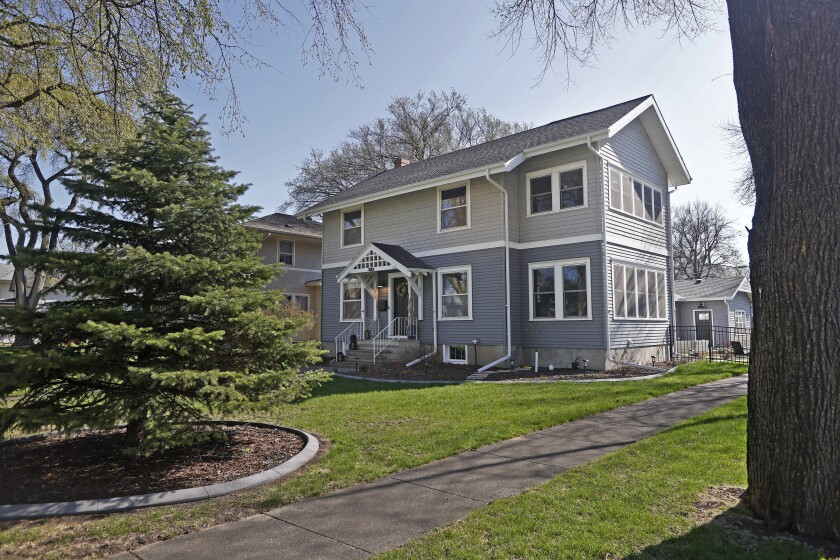
The current owners of the home are Brady and Emily Johnson, who say they were skeptical when a neighbor told them Dylan once lived there, but they believed it after seeing proof from an old city directory.

"Bob Dylan lived in the attic, which is unfinished to this day; however, I'm sure it would've been quite comfortable in the summertime," Emily Johnson said. "As a fun proof of this, my husband found a cable cord, which directs to our attic, labeled 'Bob Dylan.'"
And Dylan's vibes might still be in the walls.
"When we first looked at our home, it immediately felt comfortable and familiar ... a place where we could settle but also grow into, not unlike Dylan's music," Johnson said.
ADVERTISEMENT
Back to 1959. Ron's father, Al Joelson, had just died the year before, and according to city records, they owned and operated Sid's Tavern (the bar that later became The Round Up Lounge on NP Avenue.)
Dylan was probably too young to get a job in the tavern, but he got a job just a few blocks away. The City Directory of 1959 shows Robert Zimmerman listed as a dishwasher at The Red Apple Cafe, 604 Main Avenue. The Red Apple Cafe has long been out of business, but the location is now Babb's Coffee House.
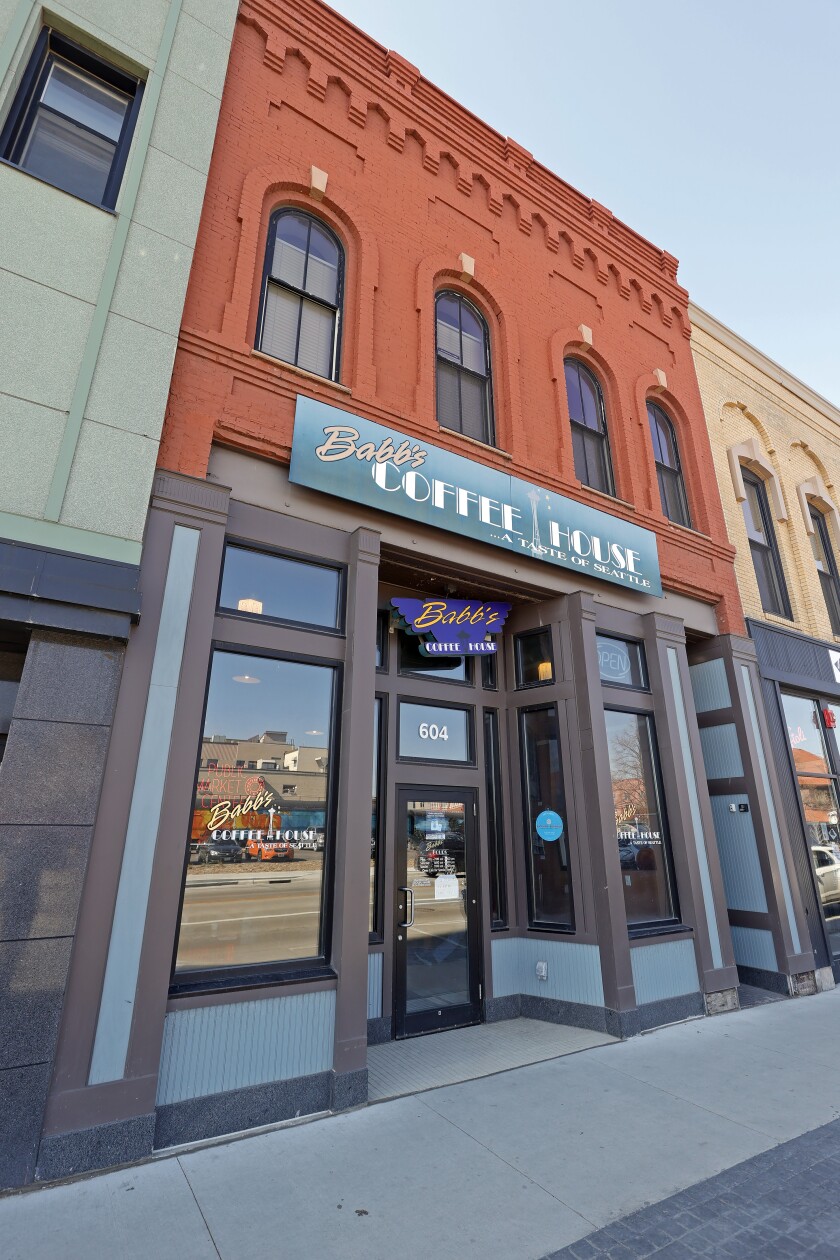
Shawn Gibree, the owner of Babb's, said after learning of Dylan's history with the building, they'd love to do something special for him for his birthday.
"He wrote some songs about coffee, so we're going to name a drink after him," Gibree said. "We're just trying to come up with a good apple flavor, since he supposedly likes apples."
Thank heavens he didn't get dishpan hands
When he wasn't washing coffee cups and pie plates, Dylan was doing what he really loved — playing music. When he caught on with a local band, the Poor Boys, he changed his stage name to Elston Gunnn (yes, with 3 'n's). The Poor Boys were in a bind, needing a piano player for an upcoming gig at The Crystal Ballroom, so they hired Dylan, despite some doubts.
The Crystal Ballroom was located at First Avenue South near Broadway, where the Crystal Square Apartments are now located, right across from the Island Park swimming pool.
ADVERTISEMENT
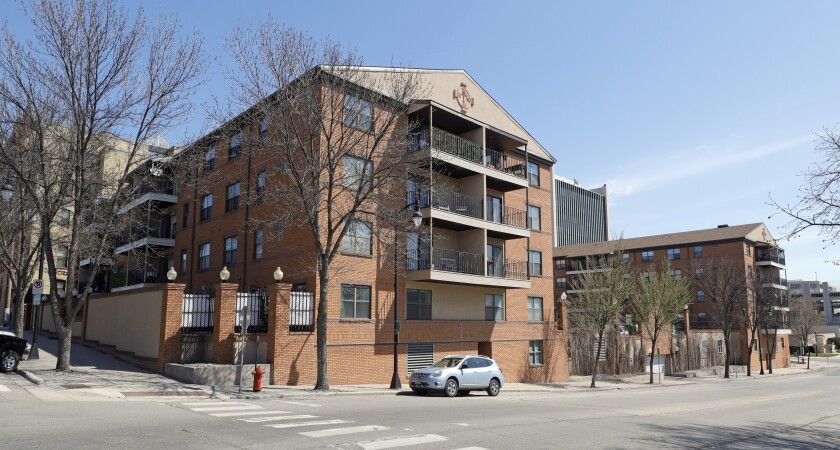
Through the years, the ballroom was best known for big band music and hosting greats like Duke Ellington. Occasionally, the venue was used for rock and roll dance parties.
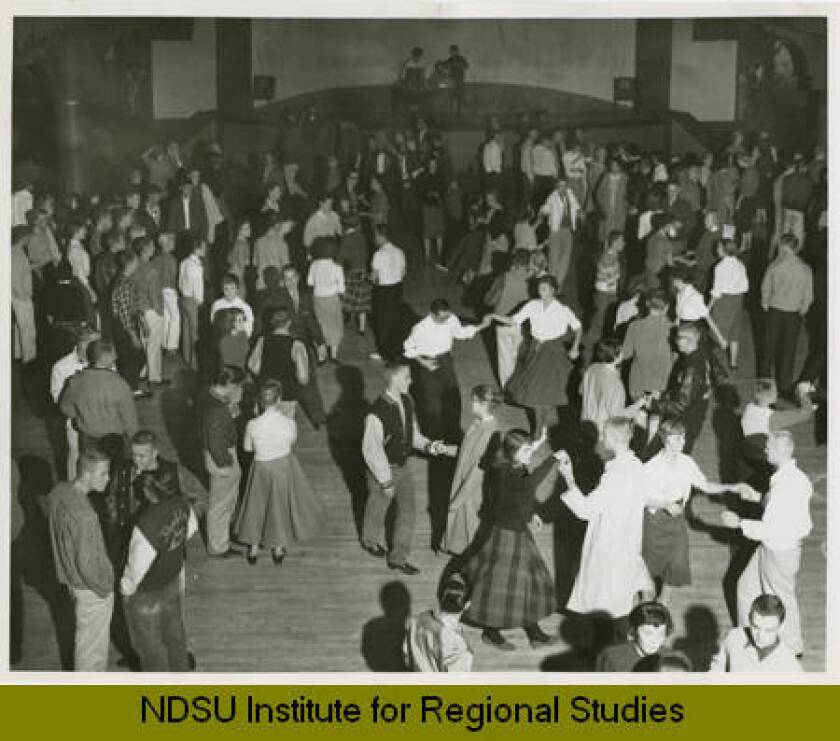
That's where Dylan and the Poor Boys played one evening. As Eriksmoen noted, Dylan could only play the piano in the key of C and one of the members likened his singing to that of country-western singer Ernest Tubb.
It wasn't a good fit, and the band and Dylan parted ways.
The teen idol and the troubadour
The summer wasn't over and Dylan was about to meet and perform with another Midwestern guy who'd also make it big in the music industry. Dylan joined The Shadows as a piano player in the summer of '59.
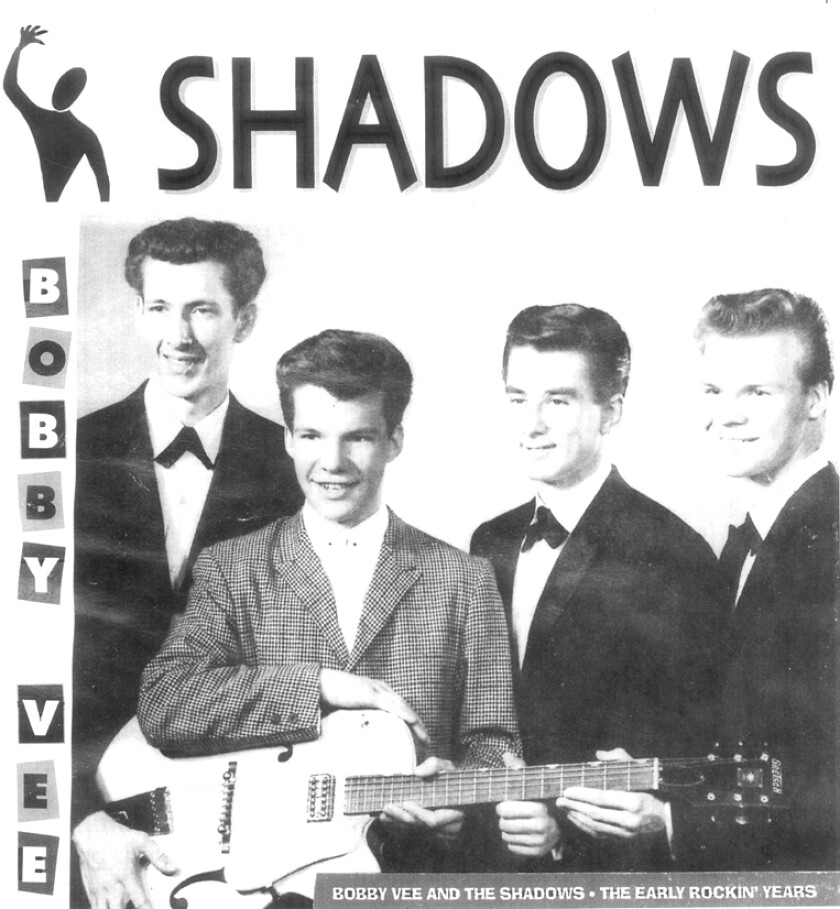
The band's lead singer, Bob Velline, was just another 15-year-old at Fargo Central when he was launched into stardom on Feb. 3, 1959 — a day that came to be known as "The Day the Music Died." On that date, Ritchie Valens, Buddy Holly and the Big Bopper were killed in a plane crash in Iowa on their way to perform at a concert, the Winter Dance Party, in Moorhead. The decision was made that the show must go on, and the stage would be filled with as much local Fargo-Moorhead talent as they could find.
One of the biggest finds of the night was the baby-faced Velline, who captured the attention of music executives whose eyes were on Moorhead after the tragic accident. In the years to follow, Velline, under the name "Bobby Vee," would become a teen idol, with 38 Top 100 hits and seven gold Records, including his 1961 number one hit "Take Good Care of my Baby."
In that summer of '59, a few months after filling in at the Winter Dance Party, The Shadows were starting to make a name for themselves but still playing mostly local gigs. As Vee eventually wrote about that summer on his website, the group was dreaming of adding a piano player "who could put it down like Jerry Lee Lewis" when Bobby's older brother, Bill, met someone he described as a "funny, wiry kind of guy" at Sam's Recordland, 514 NP Ave., not far from the bus depot. That guy was Bob Dylan.
ADVERTISEMENT
Bobby Vee described the meeting in a 2000 interview with WDAY-TV.
Vee noted that the group was so proud that they could afford to buy the newest member of The Shadows a matching shirt.
That was probably the high point. Vee said their first gig with the eventual music icon was in Gwinner, where Dylan had to try to play "an old, crusty piano that hadn't been tuned." Vee told WDAY in 2000 that he also noticed Dylan would sometimes stop playing when the key changed but that never stopped him from getting into the music.
Vee said they knew the arrangement wouldn't work out since they couldn't afford to buy Dylan a piano, ending the collaboration between Vee, one of America's first teen idols and Dylan, the voice of a generation.
Still, the partnership had a lasting effect on both. In fact, it was Dylan who first suggested Bob Velline change his name to Bobby Vee.
Both men insisted there were never any hard feelings about their parting. In fact, over the next 50 years, the two would remain friends. Vee said when he spoke to Dylan they'd talk about The Red Apple and playing gigs in North Dakota. Dylan has called Vee "the most meaningful person" he's ever shared a stage with and "like a brother." He's even talked about it on stage.
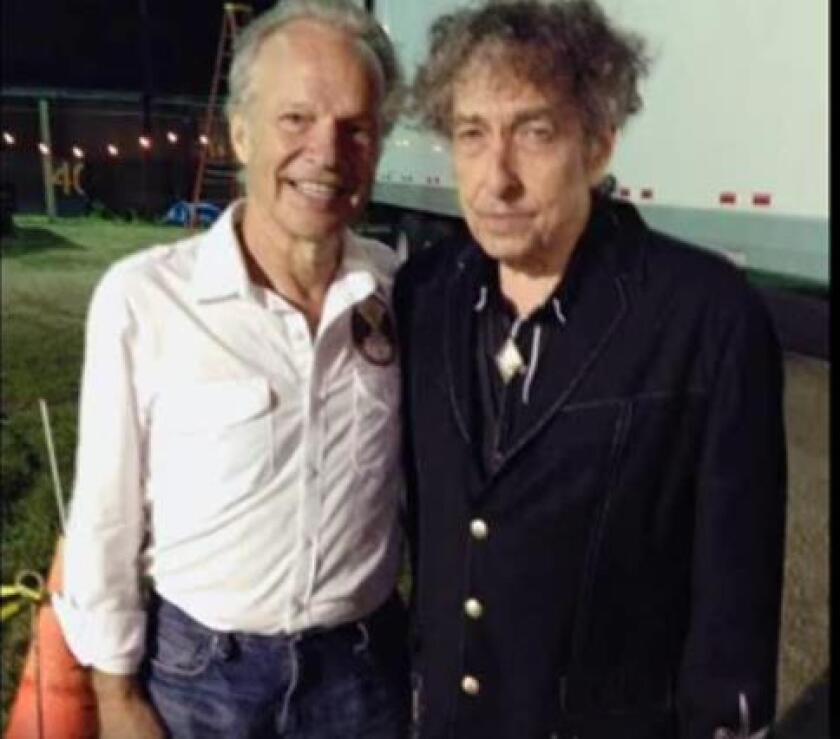
“Bobby Vee was from Fargo, North Dakota, raised not too far from me. In the summer of ’59 he had a regional hit record out called 'Suzie Baby' on a local label. His band was called The Shadows and I had hitchhiked out there and talked my way into joining his group as a piano player on some of his local gigs, one in the basement of a church I played a few shows with him, but he really didn’t need a piano player and, besides, it was hard finding a piano that was in tune in the halls that he played. Bobby Vee and me had a lot in common, even though our paths would take such different directions. We had the same musical history and came from the same place at the same point of time," Dylan said.
ADVERTISEMENT
Dylan, widely considered to be the most influential musician of the 1960's, turned 80 on May 24, 2021, and celebrated a career spanning more than 60 years. Vee died in 2016 after a battle with Alzheimer's Disease. A few years before his death, Vee told Forum Communications that despite Dylan's gruff exterior, he remembers him as one of the nicest guys he ever met.
"What I remember most is his energy and spirit. Confident, direct and playful," Vee wrote.






